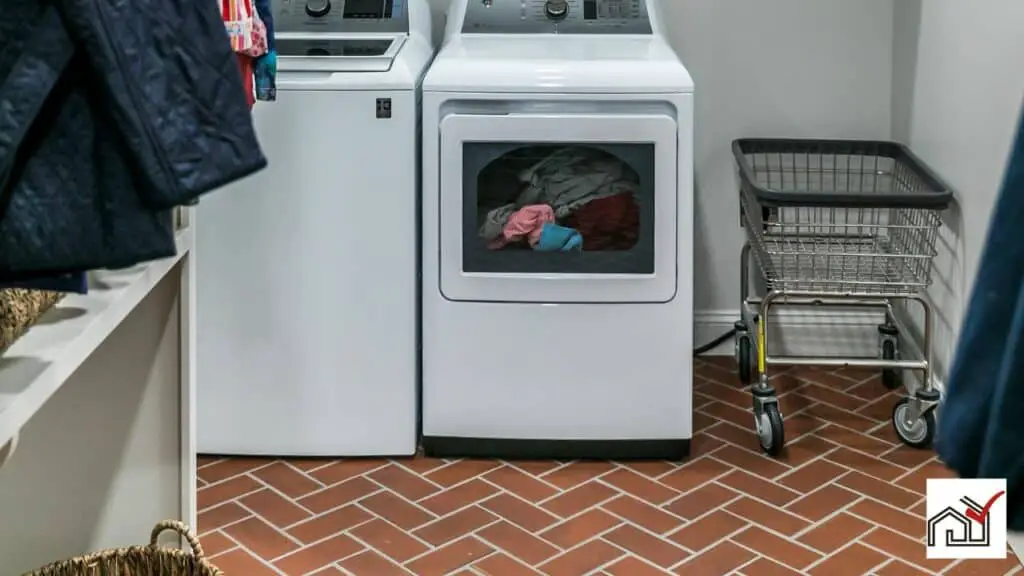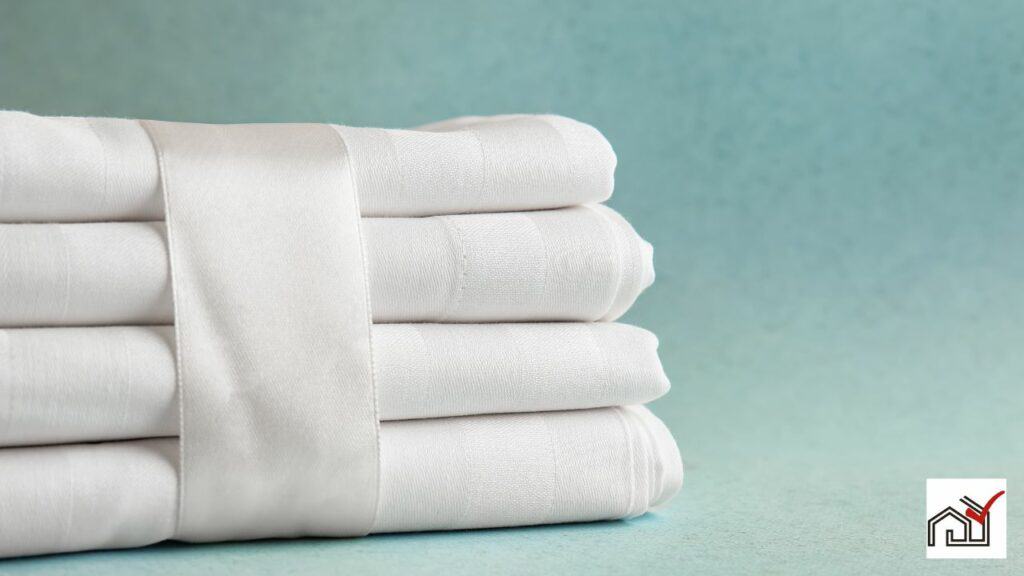A duvet is a soft bag filled with materials like down, feathers, or synthetics, and it requires a removable cover. This cover is easy to wash and can be changed to update the look of a room without buying a new duvet.
A comforter is a quilted blanket that's ready to use, with the filling secured by stitching which means it doesn't need a separate cover. It is placed over the sheets and can be layered with other blankets.
The choice between a duvet and a comforter depends on personal preference, warmth needs, and how easy they are to maintain.
Understanding Duvets
A duvet, also called a quilt in some places, is bedding designed to go inside a washable cover. Unlike a comforter, which is a single quilted piece, a duvet is an insert that goes into a duvet cover. A duvet cover is like a pillow sham and can be removed for washing, which helps maintain cleanliness.
Duvets are convenient because they can replace top sheets and extra blankets, making them suitable for a simple bedroom layout. Comforters, which don't require covers, often have decorative designs and act as both a blanket and bedspread. Duvet covers can be changed easily, allowing for bedroom style updates without buying new bedding.
The choice between a duvet and a comforter depends on personal preferences for maintenance, style, and comfort. Duvets are favored for their adaptability and easy maintenance, making them a popular choice in many homes.
Exploring Comforters
Comforters are a type of bedding that offer warmth and enhance bedroom decor. They are thick and filled with synthetic fibers, which makes them fluffy and insulating. Comforters are usually quilted or stitched to keep the filling evenly distributed for consistent warmth.
These items often serve as decorative elements and can come in sets with matching sheets and pillowcases for a coordinated look. Care for comforters can vary; some are machine washable while others may need dry cleaning. It's important to follow the manufacturer's care instructions to preserve the comforter's quality.
The thread count, indicating the number of threads per square inch, affects the comforter's texture, strength, and how easy it is to care for.
Comforters are a practical choice for a warm and stylish bed covering, distinct from duvets in their use and maintenance.
Key Differences Highlighted
Duvets and comforters differ in design and use. Duvets require a separate cover that is easily washable, making them convenient to clean. You only need to wash the cover, not the whole duvet. In contrast, comforters are a single quilted piece and are used without a cover, which may necessitate dry cleaning or following specific washing instructions.
For changing bedroom decor, a duvet with a cover is advantageous as it allows for easy design updates. This does mean an additional step is needed when making the bed. Comforters simplify bed-making since they do not need a cover.
In terms of care, duvets are generally more straightforward to maintain due to their removable covers. Comforters might be less convenient to clean because of their size and material.
When choosing between a duvet and a comforter, consider these aspects to find what best fits your needs and preferences for warmth and maintenance.
Care and Maintenance
Duvets are easier to maintain than comforters. Their covers are removable and washable, which helps keep the insert clean and extends its life. This is especially useful for duvets with non-machine washable fillings. Changing the cover to match decor is simple, without buying a new blanket.
Comforters, filled with synthetic materials and quilted, are bulkier and often require dry cleaning, as they don't fit well in home washing machines. This makes them less convenient to clean regularly.
Duvets save time and reduce laundry since they don't need a top sheet. The cover acts as protection and decoration. Duvet covers and inserts are sold separately, allowing for easy design updates without purchasing complete new sets. This makes the care of duvets manageable and cost-effective.
Pros and Cons Compared
Duvets are easy to clean because you can wash the cover separately, whereas comforters, often filled with down or synthetic fibers, may need professional cleaning. This makes duvets convenient.
Duvets also allow for design changes with different covers, unlike comforters, which are one piece and less flexible in style. Duvets can be warm enough to use without sheets, suitable for colder climates, but may be too warm for those who overheat at night.
Comforters are ready immediately but might last longer with a cover. Buying a cover for a duvet is an additional cost.
The choice between a duvet and a comforter depends on personal preferences for maintenance, style, warmth, and cost.





